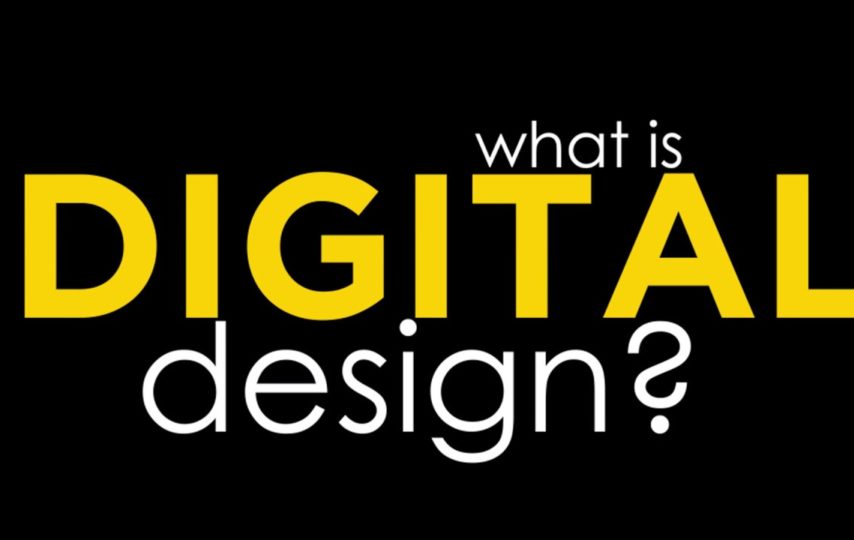Businesses and other organizations often take the role of good design for granted. Even though the basic principles of good design have long been identified and debated, we’re still as likely to see examples of terrible design in action as we ever were. In such a landscape, even marginally effective design work can make an organization far more competitive than its peers.
But with the COVID-19 pandemic drastically slowing down trade all over the world, it’s almost a guarantee that more organizations will cut back on their investments on design. This is ironic, as the successes governments and international organizations have had in curbing the worst effects of the pandemic have been partly thanks to effective design work.
You may be in a predicament where you’re considering laying off designers and other creative workers or ending relationships with design agencies. This is understandable, given that the value of design work is not always effectively broken down into simple metrics. In any case, we have a few reasons you may want to think twice before terminating a fruitful relationship with an effective digital design company.
1.) Good design is good communication
Good design is about communicating ideas. It is not about making things look pretty. It goes beyond just aesthetics and is intended to make us think and feel a certain way. If you want to communicate effectively, some investment in design is necessary. This means that businesses that want to sell products and services or make them understandable to their public should consider any planned cutbacks on design services very carefully, as it could hobble the ability of the business to meet its mission.
2.) It makes important information easily accessible
If you want complex information to be understood by a lot of people as fast as possible, you need designers to help make that happen. The iconic “flatten the curve” campaign contained information that had already been widely available for months. However, it was not until information designers, graphic designers, and other creative workers have brought their ability to collate and contextualize the glut of information that the need for social distancing and quarantines became more apparent for many.
In the same way, any organization serious about growth or at least keeping the boat floating during the economic downturn should avoid giving up on design entirely. If you want to explain complex products and services effectively, it will be close to impossible without the help of good designers.
3.) It can make an effective argument in moments
We have to remember that experts outside of China have been warning the public about the dangers of COVID-19 becoming a pandemic as far back as December 2019.
Even with all the data presented, governments and the public were generally slow to act, as with the relatively low lethality of the virus compared to SARS, MERS, and swine flu, it wasn’t widely understood even by important decision-makers that the exponential growth of the relatively “less lethal” virus and non-action by asymptomatic carriers could overwhelm public health systems.
In probably less time than it takes to read the previous paragraph, well-designed infographics and animations could make the same point far faster and more effectively. The same principle applies to information you may want to share at other times, not just during emergencies. With the incoming economic slump and with more people taking extra care with their spending, expert design work can be leveraged to make more effective appeals and better marketing campaigns in the post-pandemic world.
Conclusion
Even if you’re interested in downsizing, there’s no need to give up on design entirely. It may even be counterproductive and prevent your business from being able to meet its goals. Thankfully, it’s likely that even in the coming downturn, digital design services will be available to help you work on different asset creation projects on demand.
Regardless of the size of your business, it’s critical that you do not completely remove design as a priority. It’s with good design that any organization can effectively reach out to the public and individual decision-makers. This was true before the pandemic, it was true during it, and it will continue to be true so long as humans communicate.
What do you think will be in store for design professionals in the coming years? We’d love to hear from you.







